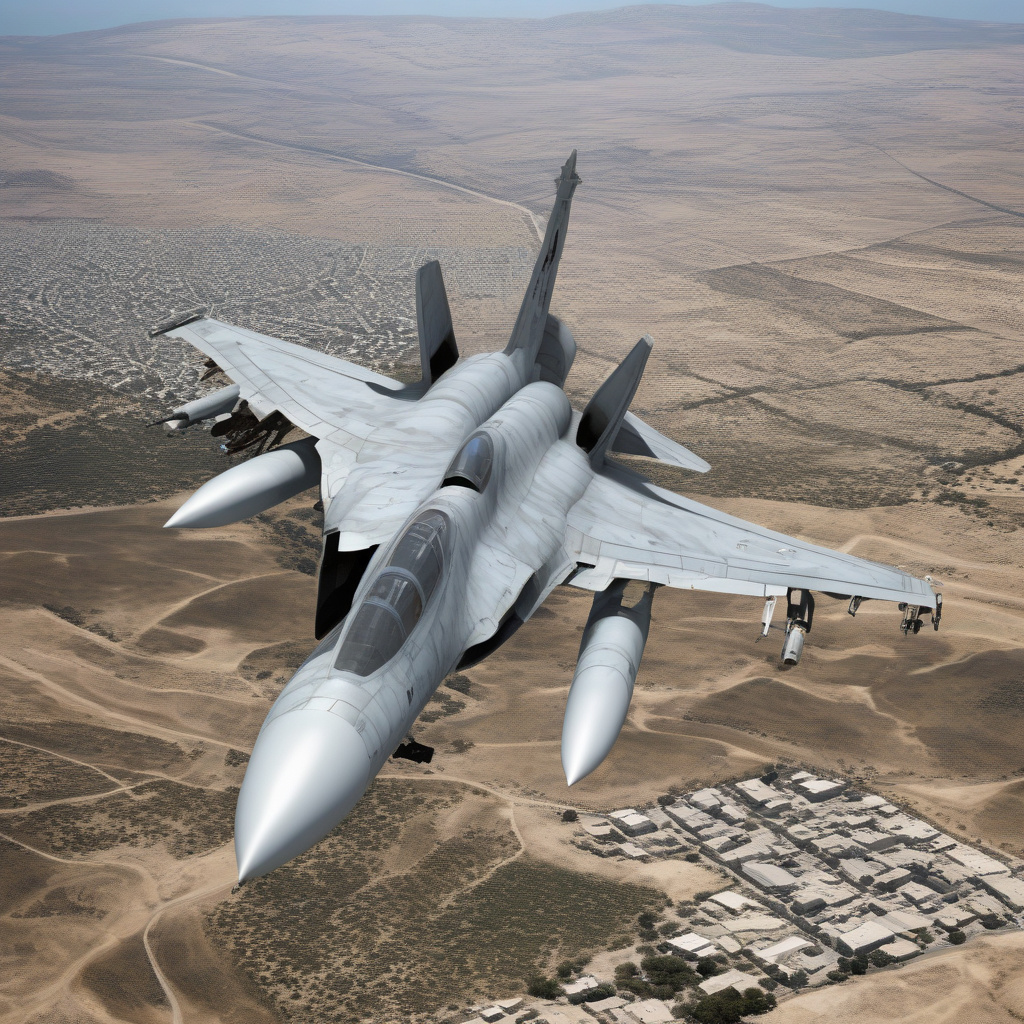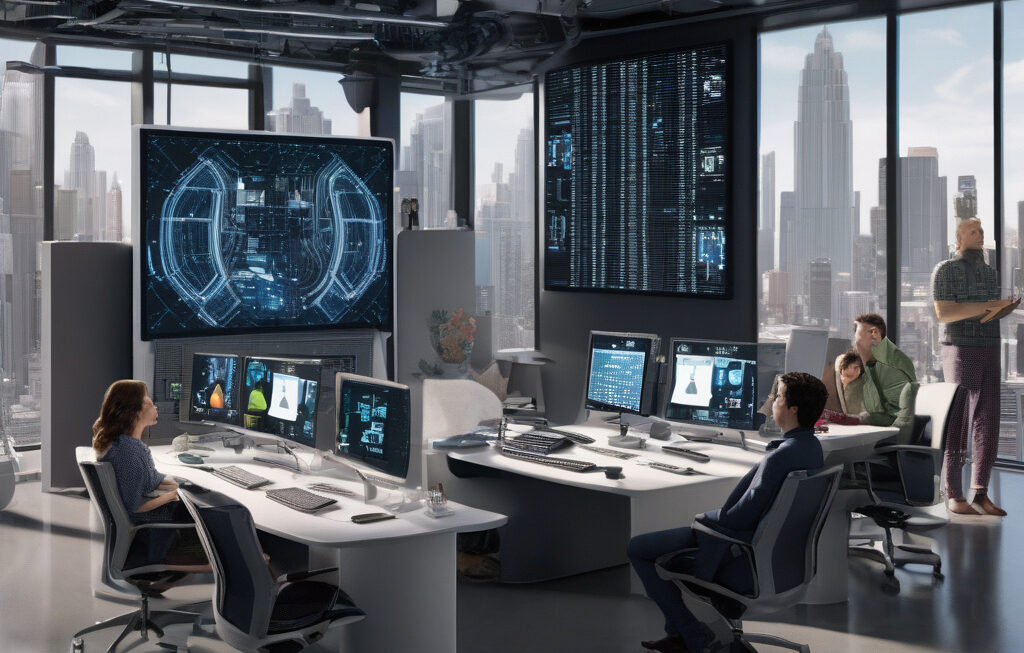AI-Generated Photo Falsely Claims to Show a Downed Israeli Jet
In the age of digital technology and social media, the spread of misinformation has become an increasingly common occurrence. Recently, a viral image made rounds on the internet, claiming to depict a crashed Israeli jet in Iran. However, upon closer inspection by the fact-checking organization AFP, it was revealed that the photo was not authentic but instead manipulated using artificial intelligence (AI) to create distortions and mismatched symbols.
The ease with which such a false image can be created and circulated is alarming. AI technology has advanced to the point where it can generate highly realistic and convincing visuals, blurring the lines between fact and fiction. In this case, the perpetrators behind the fake photo aimed to stoke tensions and spread disinformation by fabricating a scenario that could potentially have serious real-world consequences.
The incident serves as a stark reminder of the importance of verifying information before accepting it as true. In today’s fast-paced digital landscape, where news spreads rapidly and widely, critical thinking and fact-checking are more vital than ever. It is all too easy to be swayed by sensational images and headlines, but taking the time to scrutinize sources and confirm the authenticity of content can help prevent the spread of false narratives.
AFP’s confirmation that the image of the downed Israeli jet was AI-generated underscores the need for greater awareness of the capabilities of technology to deceive. As AI continues to evolve and become more sophisticated, the potential for malicious actors to manipulate visuals for their own agenda also grows. This poses a significant challenge for both the public and the media, as distinguishing between genuine and fabricated content becomes increasingly complex.
Moreover, the implications of such deceptive practices extend beyond mere misinformation. In the realm of international relations, where tensions between nations can escalate rapidly, the dissemination of fake images like the one in question can have serious diplomatic repercussions. It is crucial for governments, organizations, and individuals alike to remain vigilant and discerning in the face of digital deception.
The incident also highlights the evolving nature of the information landscape and the need for adaptive responses to combat misinformation. Fact-checking organizations play a crucial role in verifying the authenticity of content and debunking false claims. By collaborating with technology experts and employing cutting-edge tools, these organizations can stay ahead of the curve and provide the public with accurate information in a timely manner.
Ultimately, the case of the AI-generated photo falsely claiming to show a downed Israeli jet serves as a cautionary tale in the era of digital disinformation. As technology continues to advance, so too must our ability to critically assess the information we encounter. By remaining vigilant, questioning the sources of information, and relying on trusted fact-checkers, we can navigate the complex media landscape with greater clarity and confidence.
misinformation, AI, fact-checking, digital deception, disinformation












